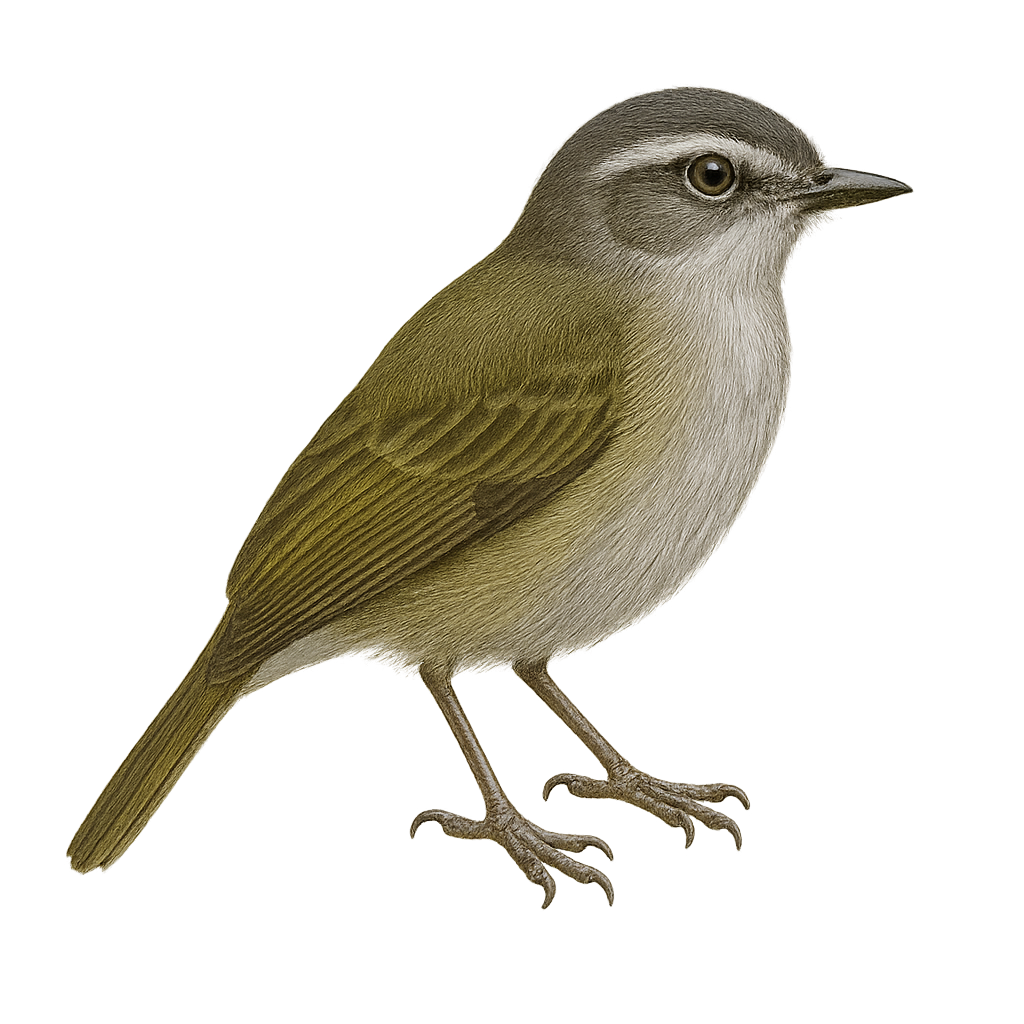Your wildlife photography guide.
Explore the peters's tyrannulet in detail, study its behavior, prepare your shots.
Where to observe and photograph the peters's tyrannulet in the wild
Learn where and when to spot the peters's tyrannulet in the wild, how to identify the species based on distinctive features, and what natural environments it inhabits. The WildlifePhotographer app offers tailored photography tips that reflect the peters's tyrannulet’s behavior, helping you capture better wildlife images. Explore the full species profile for key information including description, habitat, active periods, and approach techniques.
Peters's Tyrannulet
Scientific name: Zimmerius petersi

IUCN Status: Least Concern
Family: TYRANNIDAE
Group: Birds
Sensitivity to human approach: Suspicious
Minimum approach distance: 5 m
Courtship display: September to October
Incubation: 16-18 jours
Hatchings: October to November
Habitat:
Humid forests, montane forests
Activity period :
Primarily active during the day, with peak activity in the morning and late afternoon.
Identification and description:
The Peters's Tyrannulet, Zimmerius petersi, is a small passerine bird belonging to the Tyrannidae family. It is primarily found in the humid montane forests of South America, particularly in Colombia and Venezuela. This bird is characterized by its olive-green plumage, with lighter shades on the belly and slightly darker wings. Its short, straight bill is adapted to its diet, which mainly consists of insects and small fruits. The song of the Peters's Tyrannulet is a key aspect of its territorial behavior, often heard before the bird is seen. It is usually observed alone or in small groups, actively moving through foliage in search of food.
Recommended lens:
400 mm – adjust based on distance, desired framing (portrait or habitat), and approach conditions.
Photography tips:
To photograph the Peters's Tyrannulet, it is advisable to use a telephoto lens of at least 400mm to capture detailed images without disturbing the bird. Look for it in humid montane forests, where it is often active during the day. Be patient and listen for its distinctive song to locate its position. A discreet approach is essential to avoid scaring it away.
The WildlifePhotographer App is coming soon!
Be the first to explore the best nature spots, track rutting seasons, log your observations, and observe more wildlife.
Already 1 430 wildlife lovers subscribed worldwide

